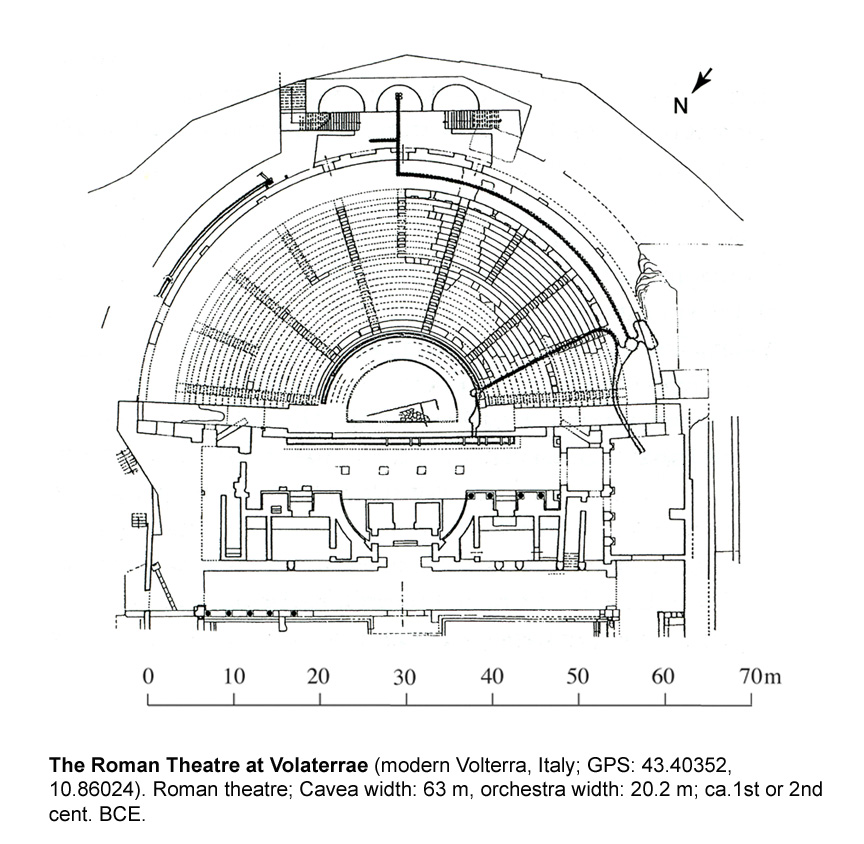
Brixia.Roman Theatre
In Roman theatres the stage alone was used by the actors, who entered the playing space from one of the house doors or the side entrances in the wings. The side entrance on the audience's right signified the near distance and the one on the audience's left the farther distance.

Plan of the Theater of Marcellus, Rome ARCHI/MAPS Photo Rome
The Roman theatre was shaped with a half circle or orchestra space in front of the stage. Most often the audience sat here in comfortable chairs. Occasionally, however, the actors would perform in this space. To solve the problem of lighting and sound - the theaters were outdoors.

A Matter of Style Ancient Roman Theatre
The Theater in Ancient Rome: A Theatrical Spectacle The theater in Ancient Rome was an important form of entertainment. With its origins in the plays of Ancient Greece, over time Roman theater found its identity, customs - and grand arenas. Jamil Bakhtawar tells us about Ancient Roman theater.

the Theatre of Marcellus drawings Ancient roman architecture
The Theatre of Marcellus (Latin: Theatrum Marcelli, Italian: Teatro di Marcello) is an ancient open-air theatre in Rome, Italy, built in the closing years of the Roman Republic.At the theatre, locals and visitors alike were able to watch performances of drama and song. Today its ancient edifice in the rione of Sant'Angelo, Rome, once again provides one of the city's many popular spectacles or.

Visit Roman Theatre in Ankara Expedia
4References Buildings Interior view of the Roman theatre of Bosra, Syria: 1) Scaenae frons 2) Porticus post scaenam 3) Pulpitum 4) Proscaenium 5) Orchestra 6) Cavea 7) Aditus maximus 8) Vomitorium. Roman theatres were built in all areas of the empire from Spain to the Middle East.

Roman theatre plan http//www.artencordoba.co.uk/ROMANCORDOBA/img
Tragic Actor. Public Domain. From The Greek Theater and Its Drama from Baumeister's Denkmaler.. The term palliata indicated that actors wore a variant of the Greek himation, which was known as a pallium when worn by Roman men or a palla when worn by women. Under it was the Greek chiton or Roman tunica.Travelers wore the petasos hat. Tragic actors would wear a soccus (slipper) or crepida.
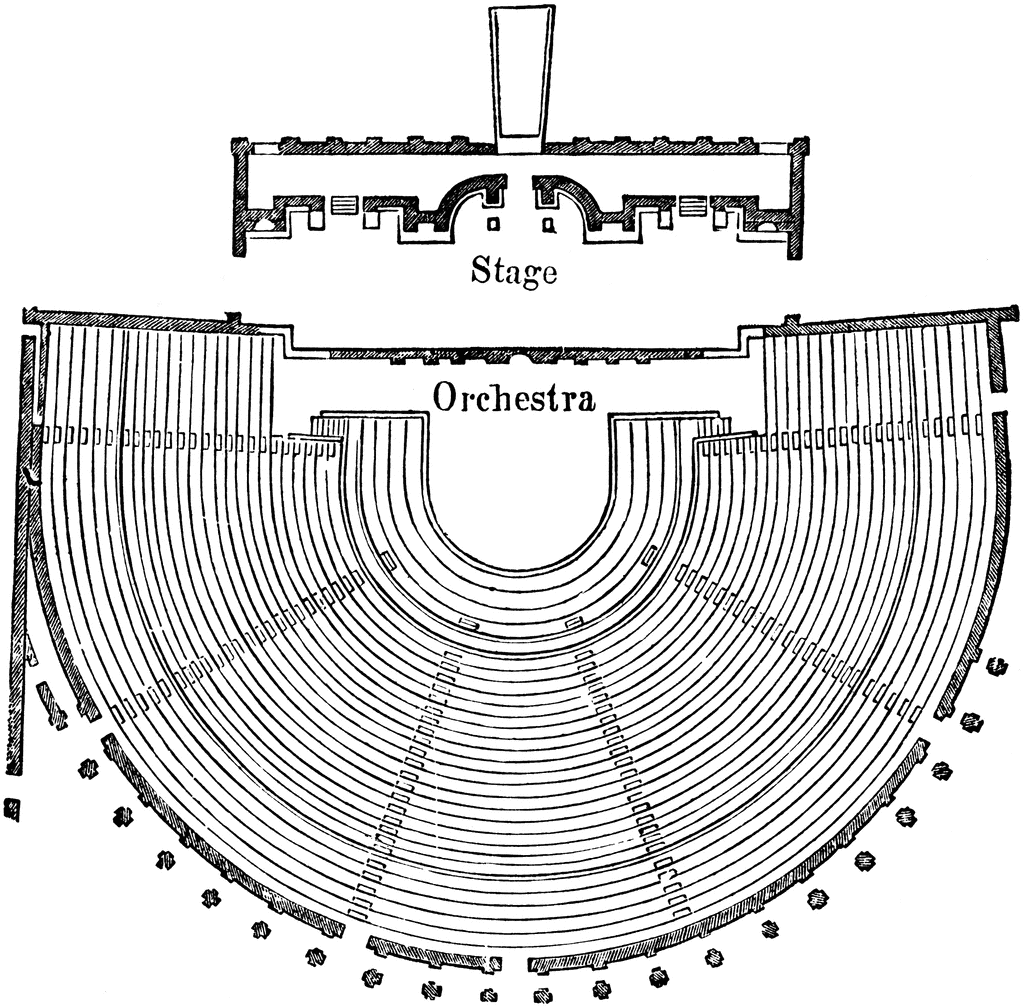
Roman theatre clipart 20 free Cliparts Download images on Clipground 2023
Instead, Roman theatres were free-standing buildings. Constructed in 55 BCE, the Theatre of Pompey was the first permanent theatre built in Rome. The theatre likely held between 17,500 and 20,000.
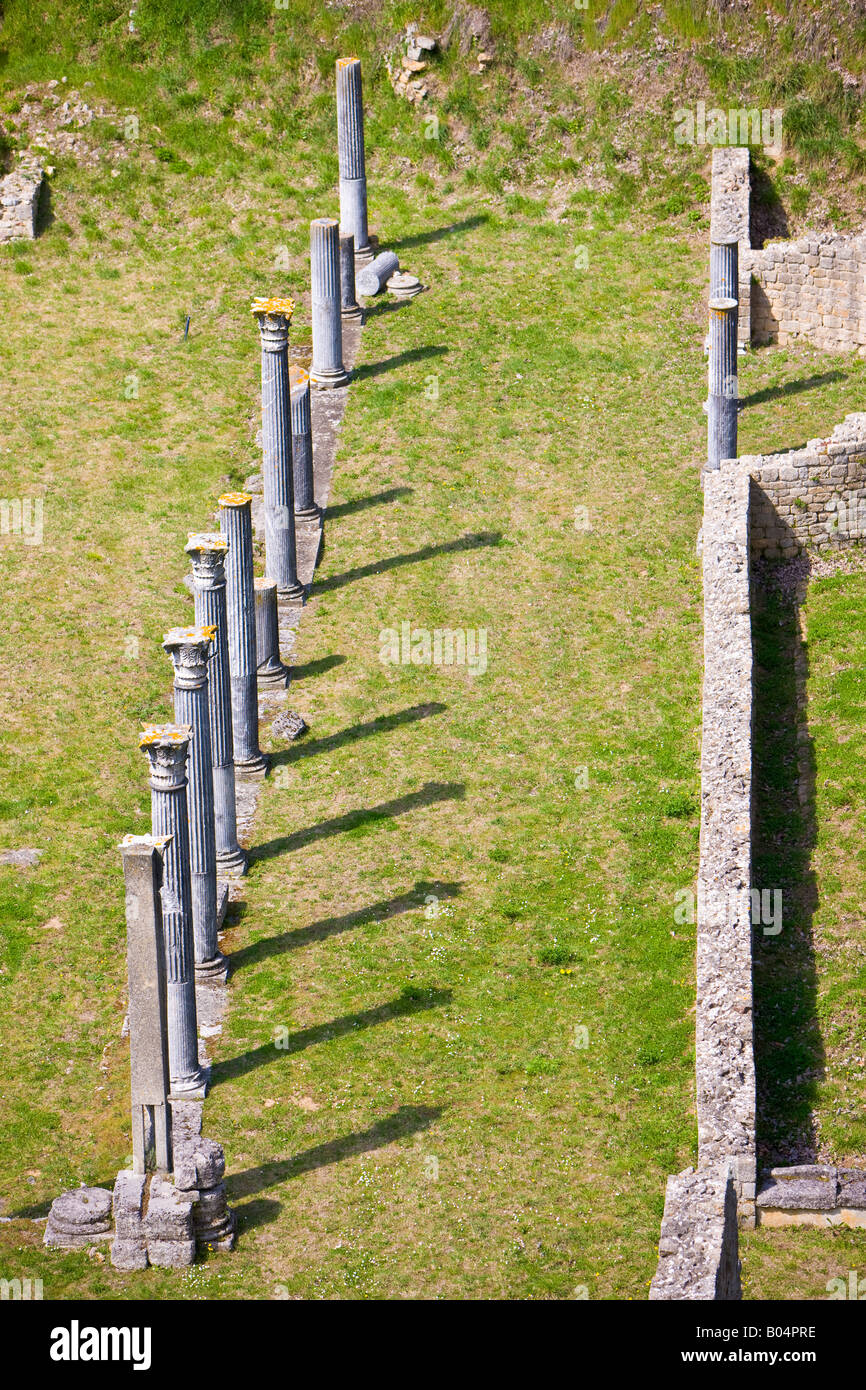
Ruins of an ancient Roman Theatre (Teatro Romano) dating back to the
Authenticity The Roman monuments of Orange have come down to us as a result of several processes of appropriation that have adapted or transformed these buildings for other uses over the centuries. The triumphal arch was restored in 1824, one of the oldest interventions of this kind in France.

PPT Roman Theatre PowerPoint Presentation, free download ID2368293
The Colosseum, Rome, c. 70-80 AD. Ancient Roman architecture adopted the external language of classical ancient Greek architecture for the purposes of the ancient Romans, but was different from Greek buildings, becoming a new architectural style. The two styles are often considered one body of classical architecture.Roman architecture flourished in the Roman Republic and to an even greater.
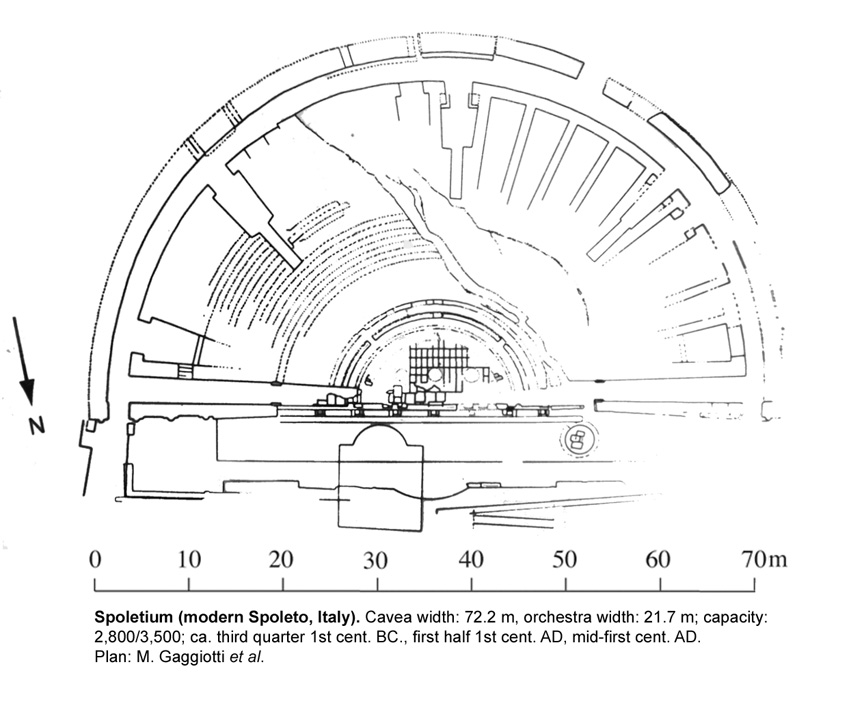
spoletium Roman Theatre
The oldest example of an ancient Greek theater is the Theater of Dionysus Eleuthereus, located on the South Slope of the Acropolis in Athens and dating to the 6th century BCE. The seats were built into the natural slope of the hill, taking advantage of the elevated viewing opportunity. Ancient Greek theater, 450-400 BC, Classical period.

Roma, Teatro di Marcello fu inaugurato da Augusto nel 13 a.C. e
1) an early period (pre-240 BCE) when native Italian drama, such as Atellan farces, phlyaces and Fescennine verses, dominated. the Roman stage; 2) the period of literary drama (240 BCE - ca. 100 BCE), when the Romans primarily adapted classical and post-classical Greek plays; 3) the renaissance of popular entertainment (ca. 100 BCE.
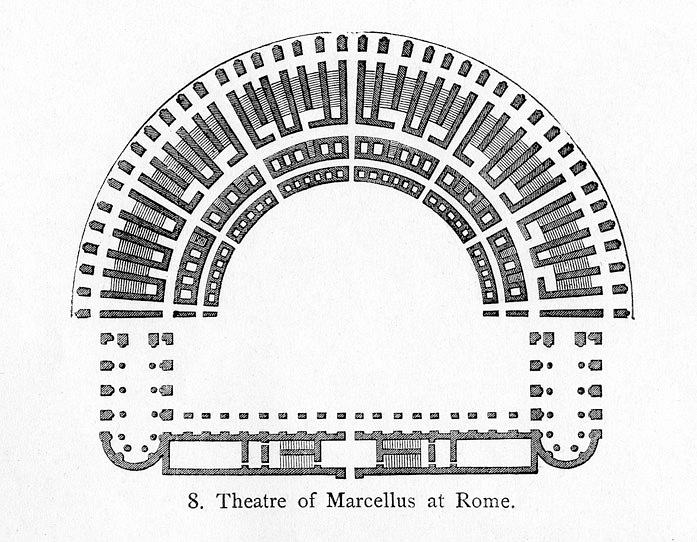
Floor Plan, Theatre of Marcellus (Illustration) Ancient History
Theatre of ancient Rome Roman mosaic depicting actors and an aulos player (House of the Tragic Poet, Pompeii ). The architectural form of theatre in Rome has been linked to later, more well-known examples from the 1st century BC to the 3rd Century AD. [1]

Image result for roman amphitheatre plan Chamber Ideas, Theater Plan
In this ten-page drama lesson, students will learn the basics of Roman theatre, (origins of Roman theatre; relationship to sports arenas and events; playwrights, descriptions of the actors; overview of pantomime and commedia dell'arte; and more).

Masterpieces of Greek and Roman Theatre Theater architecture, Ancient
Roman Theatre - The Stage. The stage in the Roman Theatre was raised to about five feet high. The Roman theatre stage measured 20-40 feet deep and 100-300 feet long. The stage was covered with a roof. There was a stage house, or building, behind the stage. The stage wall was called the ' Frons Scenae '.

PLAN OF THEATRE OF MARCELLUS, Rome shows how the Roman's created
In 240 B.C., full-length, scripted plays were introduced to Rome by the playwright Livius Andronicus, a native of the Greek city of Tarentum in southern Italy. The earliest Latin plays to have survived intact are the comedies of Plautus (active ca. 205-184 B.C. ), which were principally adaptations of Greek New Comedy.

Schematic diagram of Petra's Roman Theater, which was hewn from the
BMCR 2007.02.16 Roman Theatres: An Architectural Study Frank Sear , Roman Theatres: An Architectural Study . Oxford: Oxford University Press, 2006. xxxix, 465; tables 25, plans 451, maps 7, figs. 34, pls. 144. $360.00. , University of North Carolina at Chapel Hill.